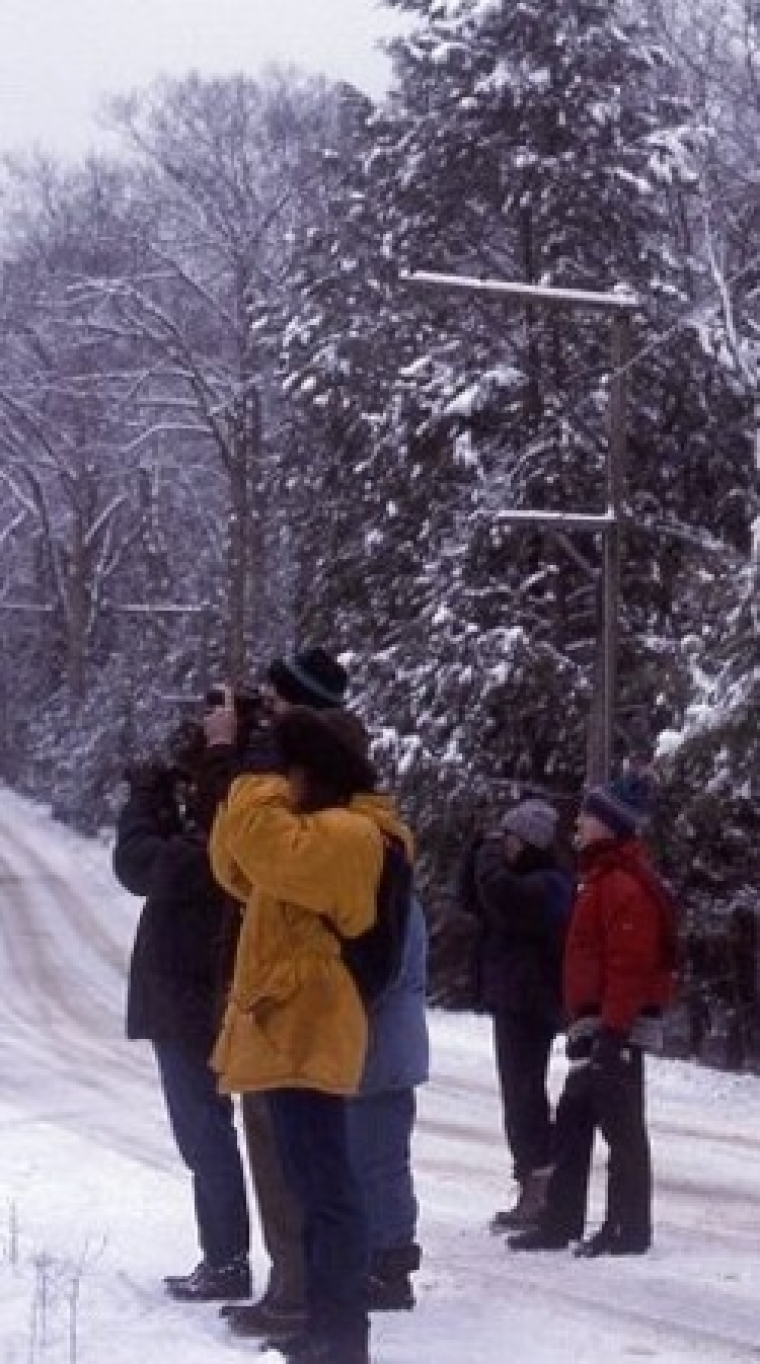

This year, the Audobon's Christmas bird count turns 115 and is considered one of the "largest, longest-running citizen science efforts in the world."
After sunrise in Poolesville, Maryland on a December morning, members of the Seneca Christmas Bird Count Circle are busy counting birds. The members have over 30 years of experience in collective birding.
On Christmas Day for over a century, many individuals are peering through the trees with their binocular to count birds.
Scientists, bird enthusiasts, students and other observers are among the 71,000 participants in the CBC or Audubon's annual Christmas Bird Count. This is a once a year event that delivers significant data regarding trends about bird population and serves as an aid to update conservation efforts.
This annual bird count event started on the Christmas Day in 1900. It was at this time that an ornithologist at the American Museum of Natural History in New York, Frank Chapman, proposed an alternative to the Christmas bird hunting.
On its first year, there are 27 individuals from 25 different places across the continent that participated and they were able to count approximately 90 species.
At present, the Christmas Bird Count held every year starting on December 14th and ended on January 5th. Normally, over 30,000 individuals around the world count more than 2,400 species or roughly 65 to 70 million annually.
On its 114th year, this event was a "record high year", with 2,408 circle counts entered to the database. Each birding circle is 15 miles in diameter. The circle is then split up into "smaller sectors."
Geoffrey LeBaron said, "the Christmas Bird Count is the great granddaddy of them all, in terms of science effort by citizen. He is the Audubon Society's Christmas Bird Count director.
In Canada and USA the majority of CBC circles are located, particularly in the Northeast including the Washington, D.C., metropolitan area; the Gulf Coast of Texas; and the California coast. In these places, the major populations of birds are living.